Mission type Astronomy SATCAT no. 23500 Period 1.5 hours Dates 2 Mar 1995 – 18 Mar 1995 Landing date 18 March 1995 | COSPAR ID 1995-007A Orbits completed 262 Apogee 305,000 m Launch date 2 March 1995 | |
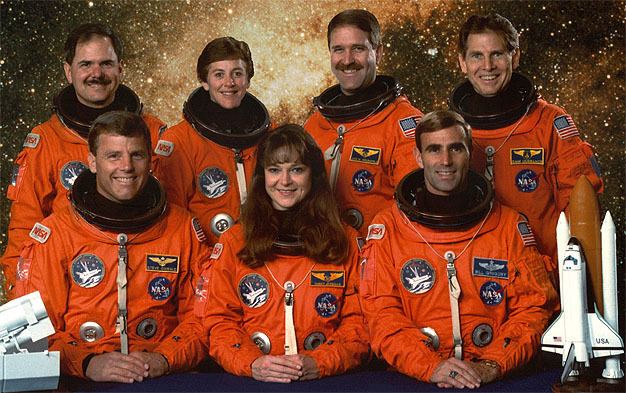 | ||
Mission duration 16 days, 15 hours, 8 minutes, 48 seconds Distance travelled 11,100,000 kilometres (6,900,000 mi) Members | ||
Sts 67 mission highlights resource tape
STS-67 was a human spaceflight mission using Space Shuttle Endeavour that launched from Kennedy Space Center, Florida on 2 March 1995.
Contents
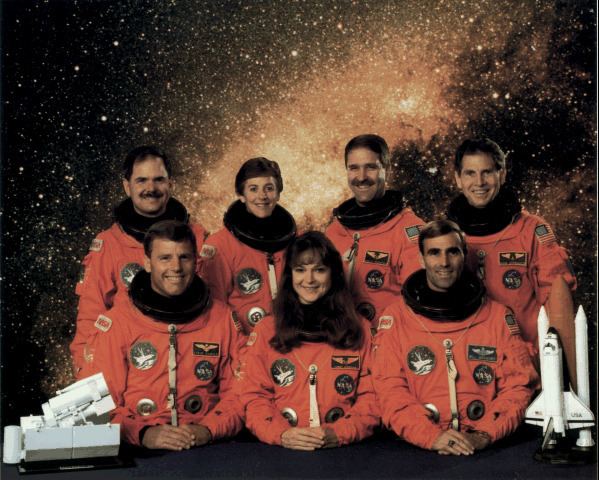
Mission highlights

Astro-2 was the second dedicated Spacelab mission to conduct astronomical observations in the ultraviolet spectral regions. It consists of three unique instruments – the Hopkins Ultraviolet Telescope (HUT), the Ultraviolet Imaging Telescope (UIT) and the Wisconsin Ultraviolet Photo-Polarimeter Experiment (WUPPE). These experiments will select targets from a list of over 600 and observe objects ranging from some inside the solar system to individual stars, nebulae, supernova remnants, galaxies and active extragalactic objects. This data supplemented data collected on the Astro-1 mission flown on STS-35 in December 1990 aboard Columbia.
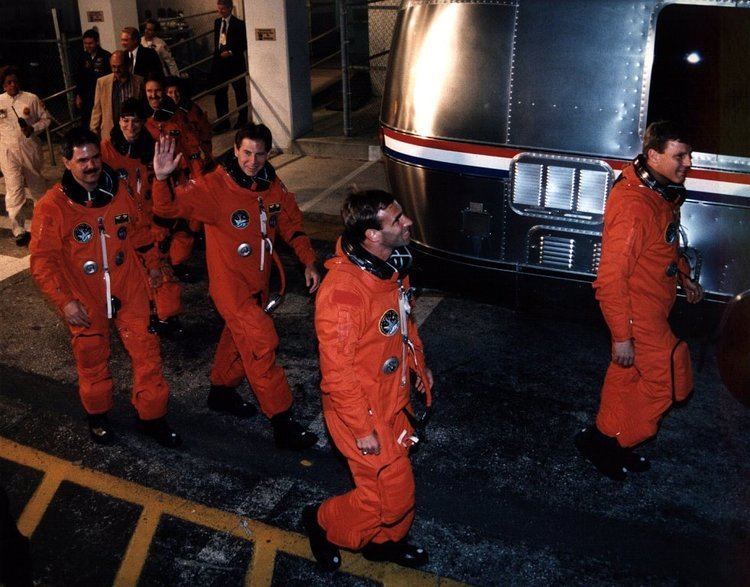
Because most UV radiation is absorbed by Earth's atmosphere, it cannot be studied from the ground. The far and extreme ultraviolet region of the spectrum was largely unexplored before Astro-1, but knowledge of all wavelengths is essential to obtain an accurate picture of the universe. Astro-2 had almost twice the duration of its predecessor, and a launch at a different time of year allowed the telescopes to view different portions of the sky. The mission was designed to fill in large gaps in astronomers' understanding of the universe and lay the foundations for more discovery in the future.
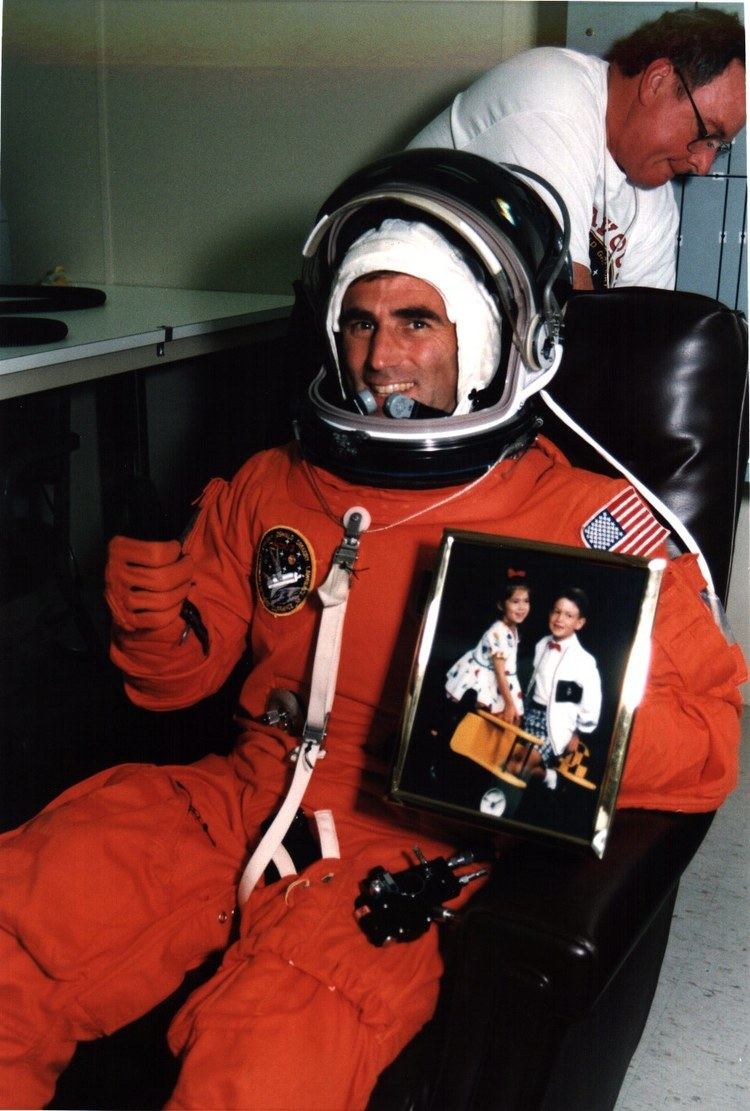
On the Middeck, science experiments include the Protein Crystal Growth Thermal Enclosure System Vapor Diffusion Apparatus-03 experiment (PCG-TES-03), the Protein Crystal Growth Single Thermal Enclosure System-02 (PCG-STES-02), the Shuttle Amateur Radio Experiment-II (SAREX-II), the Middeck Active Control Experiment (MACE), the Commercial Materials Dispersion Apparatus Instrumentation Technology Associates Experiments-03 (CMIX-03) and the Midcourse Space Experiment (MSX).
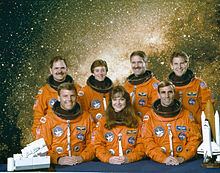
The Middeck Active Control Experiment (MACE) is a space engineering research payload. It consists of a rate gyro, reaction wheels, a precision pointing payload, and a scanning and pointing payload that produces motion disturbances. The goal of the experiment was to test a closed loop control system that will compensate for motion disturbances. On orbit, Commander Stephen S. Oswald and Pilot William G. Gregory used MACE to test about 200 different motion disturbance situations over 45 hours of testing during the mission. Information from MACE will be used to design better control systems that compensate for motion in future spacecraft.
Two Get Away Special (GAS) payloads were also on board. They were the G-387 and G-388 canisters. This experiment was sponsored by the Australian Space Office and AUSPACE ltd. The objectives were to make ultraviolet observations of deep space or nearby galaxies. These observations were made to study the structure of galactic supernova remnants, the distribution of hot gas in the Magellanic Clouds, the hot galactic halo emission, and emission associated with galactic cooling flows and jets. The two GAS canisters were interconnected with a cable. Canister 1 had a motorized door assembly that exposed a UV telescope to space when opened. UV reflective filters on the telescopes optics determine its UV bandpass. Canister 2 contained two video recorders for data storage and batteries to provide experiment power. It was Space shuttle Endeavour's longest flight.
Mission insignia
The spiral galaxy, Jupiter, and the four moons (total of six space objects) as well as the seven stars of the insignia symbolize the flight's numerical designation in the Space Transportation System's mission sequence. Endeavour, with ASTRO-2, is speeding by.
